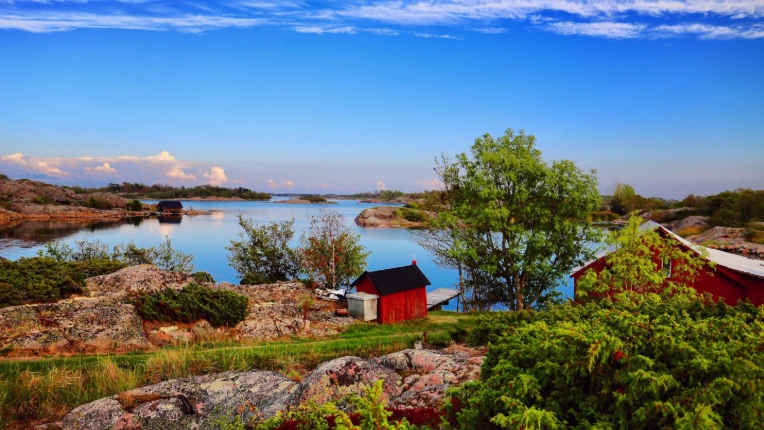The Baltic Sea: A Unique Maritime Gem
The Baltic Sea, bordered by several countries in Northern Europe, is a vital body of water teeming with history, culture, and ecological diversity. Understanding the significance of this sea can enhance our appreciation for the region and inform our efforts in sustainability and preservation. This article explores the unique geographic features and environmental challenges of the Baltic Sea.
Geographic Significance of the Baltic Sea
The Baltic Sea is an inland sea located in Northern Europe, bordered by countries such as Sweden, Finland, Estonia, Latvia, Lithuania, Poland, Germany, and Denmark. Stretching approximately 377,000 square kilometers, it plays a critical role in maritime transportation and trade. The sea connects various important ports, making it a central hub for shipping routes that link Eastern and Western Europe. In addition to its commercial importance, the Baltic Sea boasts stunning landscapes, including picturesque coastlines and archipelagos, attracting tourists and nature lovers alike.
Biodiversity and Ecosystem Challenges
Despite its beauty, the Baltic Sea faces significant environmental challenges. It is home to a unique mix of freshwater and saltwater species, leading to a diverse ecosystem that includes fish, marine mammals, and various bird species. However, pollution, climate change, and overfishing threaten this delicate balance. Nutrient runoff from agriculture leads to eutrophication, which results in dead zones where aquatic life cannot survive. Conservation efforts are underway, focusing on sustainable fishing practices, pollution reduction, and habitat protection, to ensure the rich biodiversity of the Baltic Sea remains intact for future generations.
Cultural Heritage and Tourism Opportunities
The Baltic Sea is not just a natural resource; it is also a cradle of rich cultural heritage. Various nations surrounding the sea share histories that interweave trade, conflict, and cultural exchange. Cities like Gdańsk, Tallinn, and Helsinki brim with historical significance and vibrant cultures. The Baltic Sea also offers ample opportunities for tourism, from sailing and fishing to exploring charming seaside towns and engaging in local traditions. Ecotourism is becoming increasingly popular, encouraging travelers to enjoy the beauty of the sea while fostering sustainable practices that protect the environment.
Conclusion
The Baltic Sea is a fascinating and complex region that plays a crucial role in ecology, culture, and trade. By learning more about its significance and the challenges it faces, we can appreciate its beauty and take steps toward preserving its future. Whether planning a visit or simply exploring the topic further, engaging with the Baltic Sea can enrich our understanding of this remarkable maritime gem.

